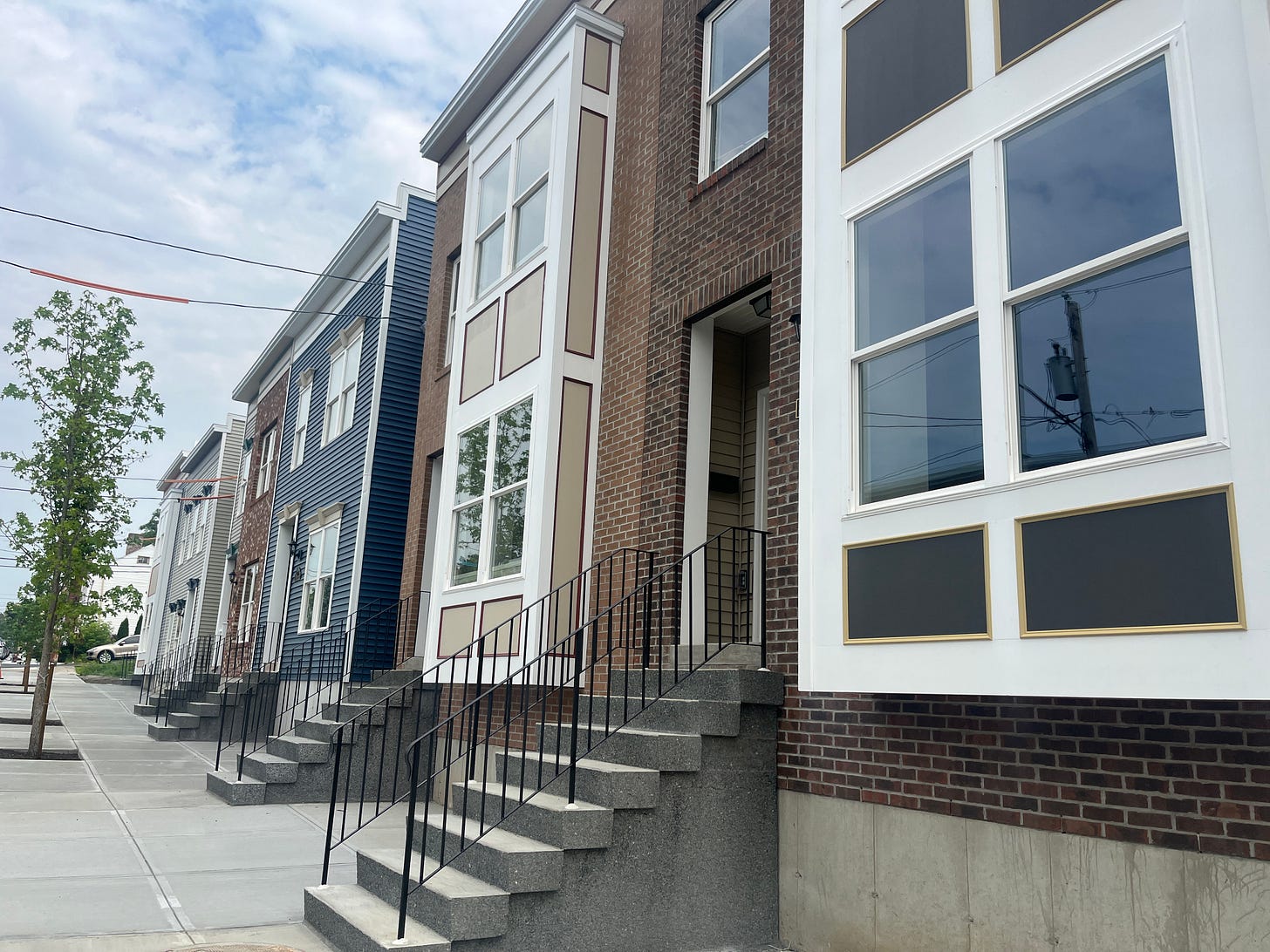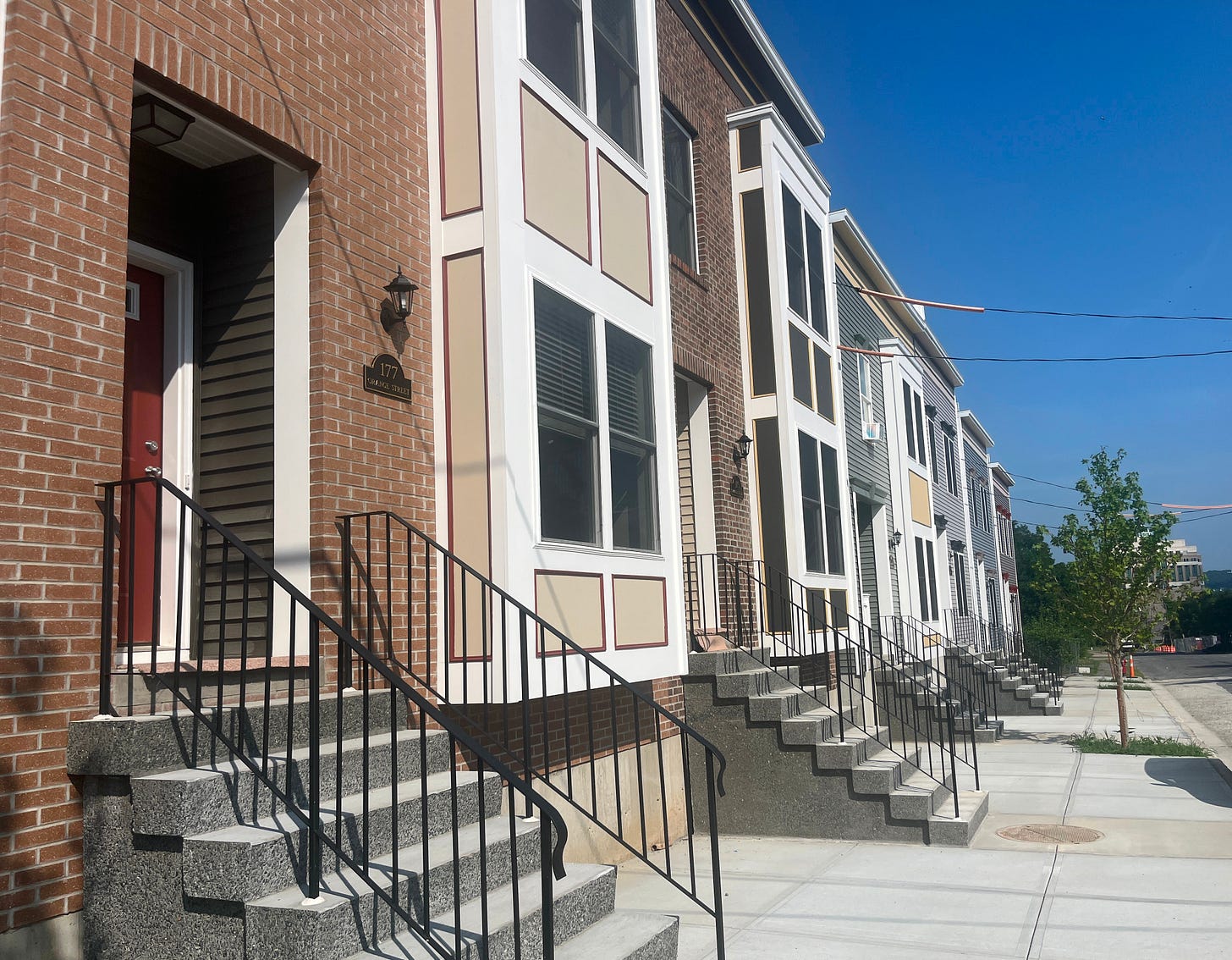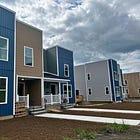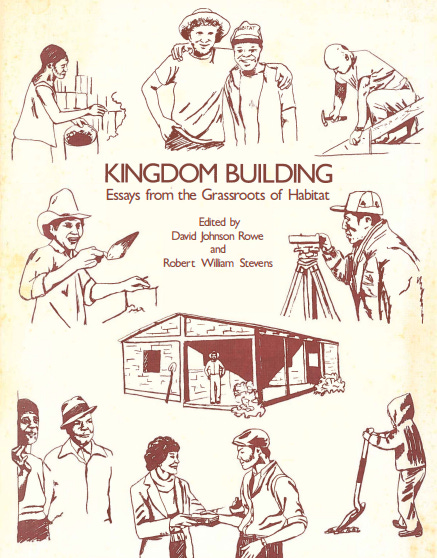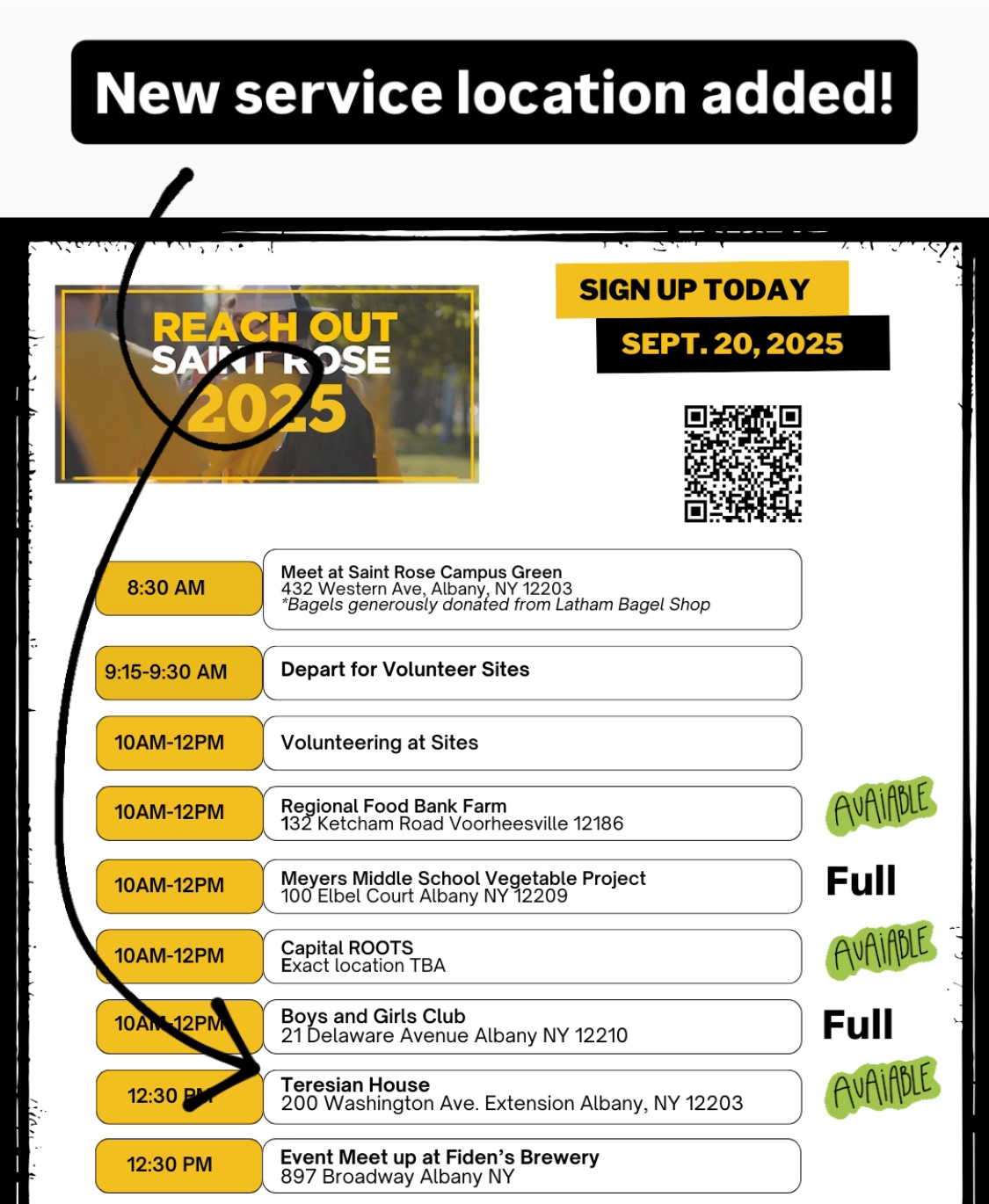How to build ten houses
A director's cut of our most recent construction project
Last month, we celebrated the completion of ten, community-built homes in Albany’s Sheridan Hollow neighborhood.
Here’s the director’s cut of how we did it.
Land acquisition
We bought the land in a private sale in early 2020. It had included several other lots that we’ve since already built homes on; these addresses are among the final lots in the deal. We originally named this group the “Orange 22” because most of properties were on Orange Street and we thought we might be able to build around 22 houses on them. So far we’ve been able to build 16 houses and might fit in another house or two, so I guess it will end up the “Orange 17 or 18”.
Design
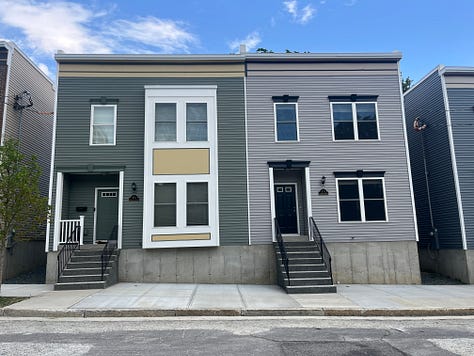
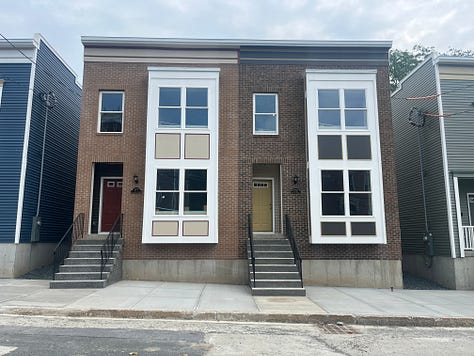
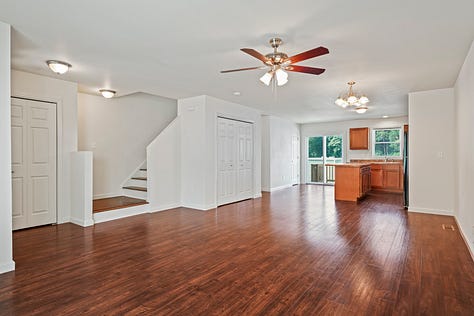
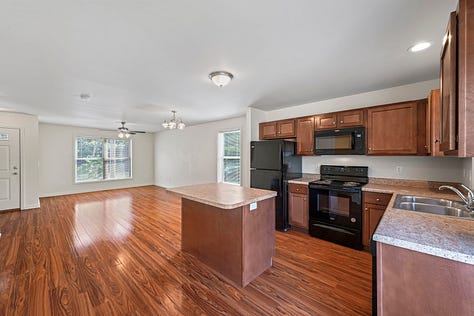
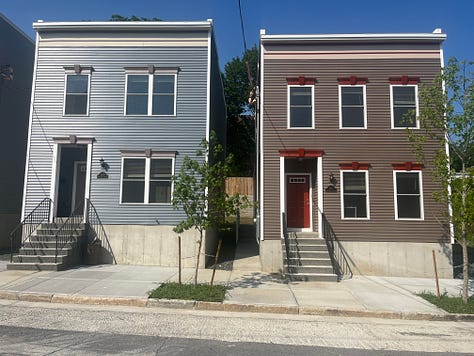


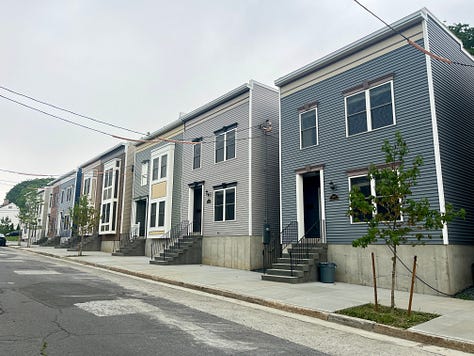
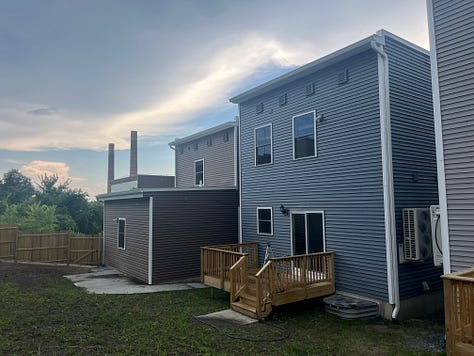
There were several rounds of community planning for this property, including explorations of live-work spaces and a courtyard design with not-quite-tiny homes. Ultimately we were somewhat constrained by the steep topography of the site; in order to create even a small backyard, we had to install a significant retaining wall to account for the steep hill leading up to Clinton Avenue behind the property.
A design emerged, similar to Habitat’s typical design with the addition of two homes that could be modified for additional accessibility depending on the homebuyer’s needs: zero-step side entrance, accessible kitchen and bathroom and a first-floor bedroom. Our longtime architectural partner TAP designed these, as they have more than a hundred of our houses.
Funding
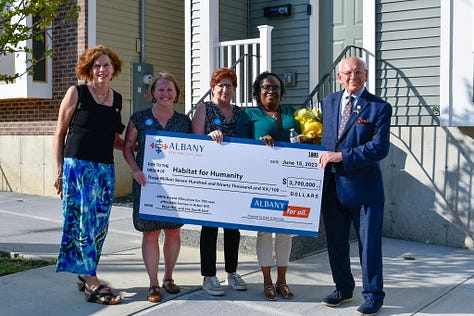
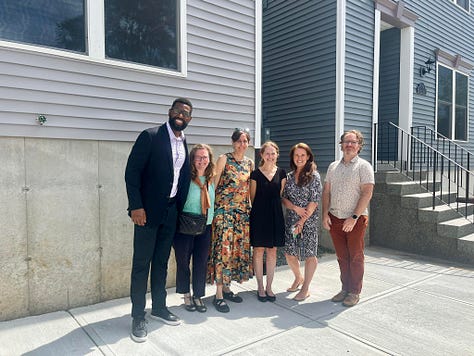
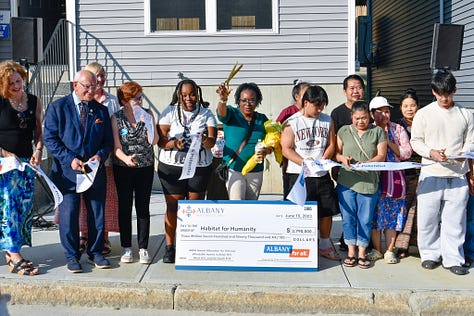
Habitat had a funding commitment from the City of Albany through their American Rescue Plan Act award. We applied for state funding through the Affordable Homeownership Opportunity Program. Rather than a typical grant, it’s structured as a participation loan with a lender who then acts as the underwriter and administrator of the funds. It was a steep learning curve for me, but thanks to the team at New York State Homes & Community Renewal, Community Preservation Corporation, our attorney and my colleagues, we were able to figure it out and it worked beautifully. On top of that, we drew from our regular construction line of credit through the Community Loan Fund of the Capital Region to float capital between bills coming due and receiving grant and construction loan funds. Phew!
Site work
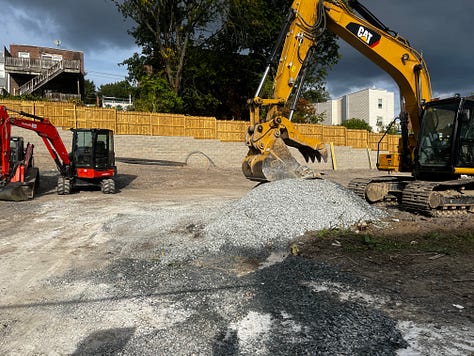
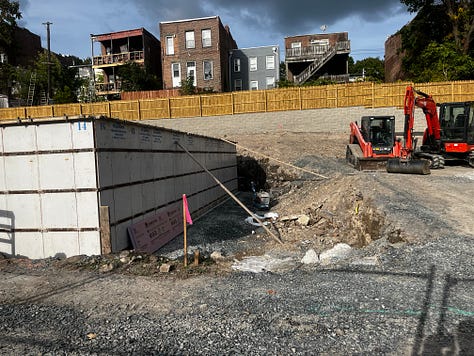
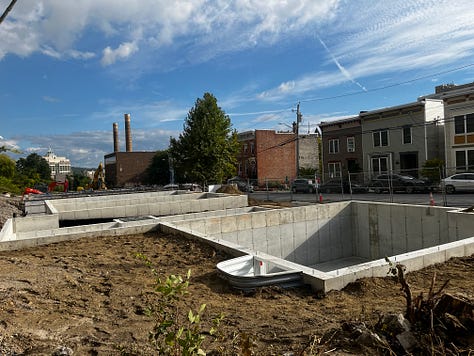
Let’s see, did we find anything unexpected underground? We usually do. In this case, we thankfully didn’t discover unmarked electrical wires but instead the more typical unmarked sewer lines that we had to re-route to existing city connections. This meant that what we originally anticipated to be 11 homes became ten homes. Plot twist!
Construction
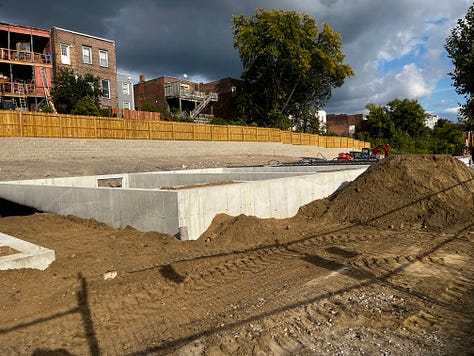
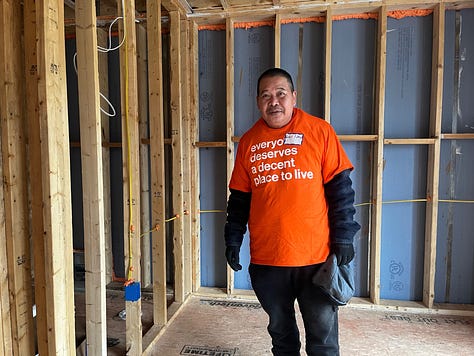
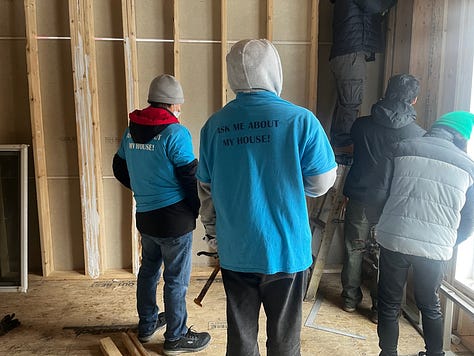

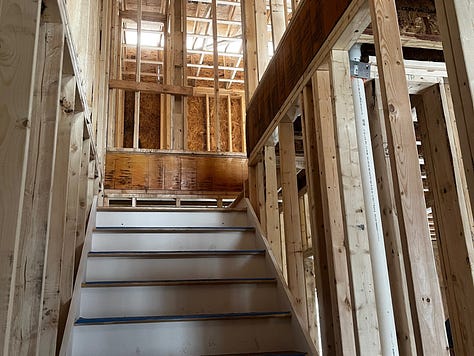
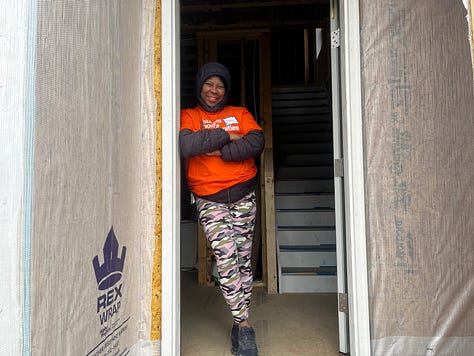
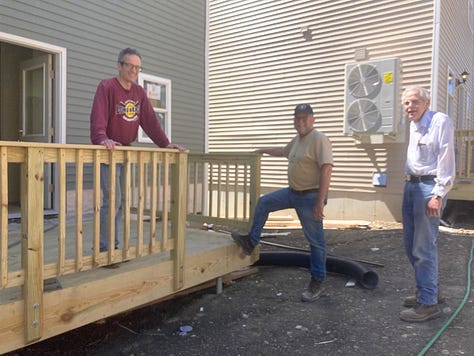
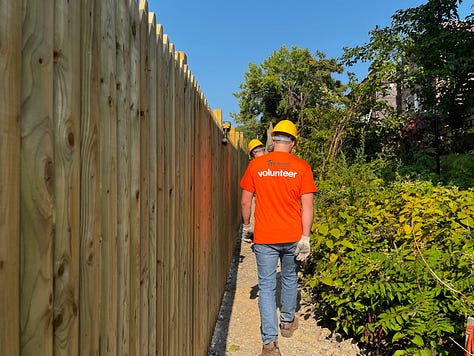
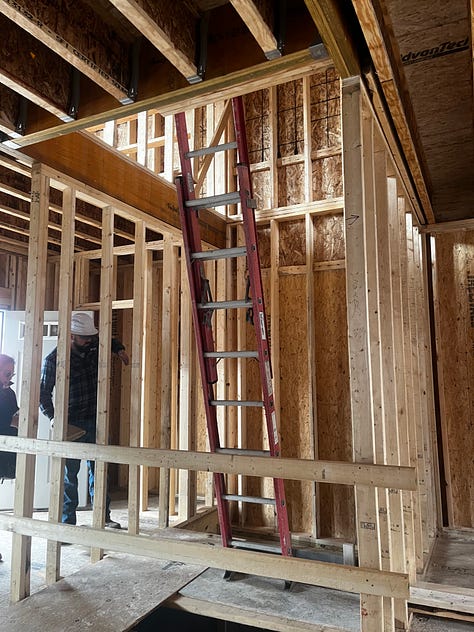
Habitat broke ground on July 8, 2024. We received our Certificates of Occupancy on June 3, 2025. We used panelized wall construction as we have for most of our recent homes, meaning that the walls are framed off-site and then assembled on-site; think of a gingerbread house. Walls for two of the homes were built by volunteers and the rest were ordered from a manufacturer.
We had some exciting conversations about possibility being a part of a community geothermal pilot program, but the timing and feasibility didn’t work out. Nonetheless, these homes are fully electrified, using high-efficiency electric heat pumps that provide both heating and cooling. Each home also earned ENERGY STAR certification and have met requirements for the EPA’s Residential New Construction Program, which include features such as advanced air sealing and insulation, high-performance windows, efficient heating and cooling systems, comprehensive moisture management, and energy-efficient lighting and appliances.
More about that and New York’s All-Electric Buildings Act soon, trust me.
And so forth
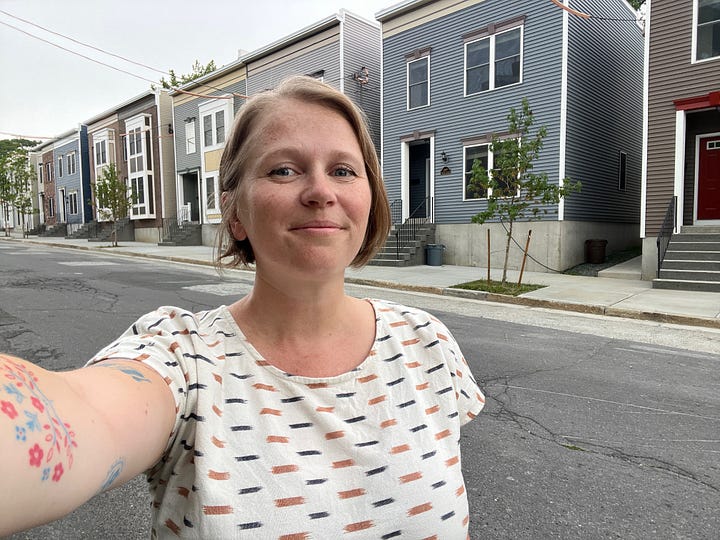
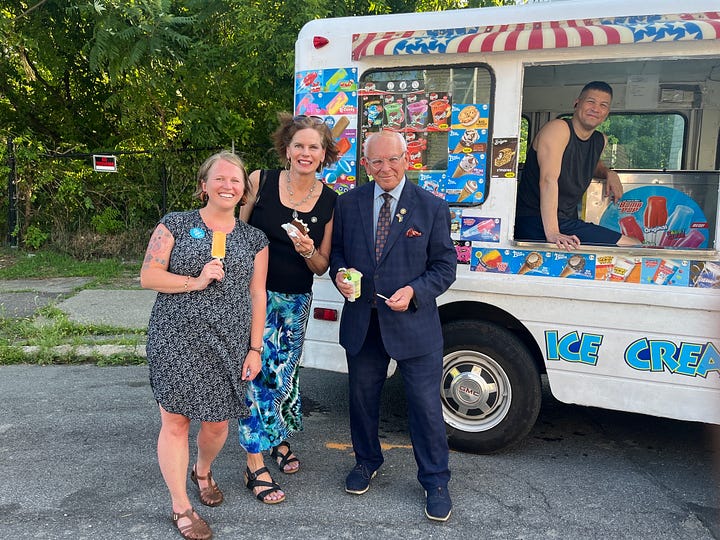
Ten new houses means ten opportunities for neighbors to purchase safe, affordable homes. We welcome to the block a blend of Albany natives and newcomer families who moved here as refugees, a beautiful sample of the diversity that makes this city a place I’m proud to call home.
Alongside all of the costs you might expect — building materials and contractors, for example — are the carrying and soft costs associated with construction. Site utilities, permits, professional fees, insurance, loan interest… all of it adds up and some of it compounds the longer it takes to sell the properties.
And, as always, I’m amazed by what we build together. There’s a reason you don’t see many for-profit developers building affordable homeownership units — it’s hard. It’s messy. It’s risky. It’s frustrating. It’s exceedingly expensive.
And at Habitat, it’s what we’re called to do.
I was tasked with providing a centering at a meeting this week, so I dug into some vintage Habitat materials and found this excerpt, from an anthology published in 1984:
The storms are raging all about us, and our friends callout to us. Not because they expect a miracle, but because they want us for partnership's sake. They want to know that we are in the boat with them sharing their fears, and their pain, and maybe, just maybe, if there's a way out of whatever the situation is, we will join together in the effort that it will take to save the day.
That's how I see Habitat. It's all very fragile.
All that we do stateside and overseas could be destroyed in an instant. An outbreak of tribalism, our government's policies in Latin America, the trigger happy leaders, the whimsical fancy of some dictator, the mindless horror of some new terrorist group. Rigid bureaucracy, or even more rigid apathy, could do us in.
So we build, and we build, and we build. We build houses, we build communities, we build friendships, we build mailing lists, we build compassion. We build with the spirit of God poured into every foundation, fired into every brick, driven into every board, turned in with every key. We build amidst mountains of red tape, and frustration and culture shock, and language difficulty, and personality conflicts, and financial crisis, and homesickness, and jealousy. But still somehow we squeeze love into every joint.
Certainly rings true even 40 years later, doesn’t it?
Elsewhere
There are still a few volunteer spots left for this year’s legacy Reach Out Saint Rose! Sign up for a morning of service in honor of our dear Ken Scott on Saturday, September 20. Come on out! Not a Saint Rose alumni? I think you could come on out anyway :)


